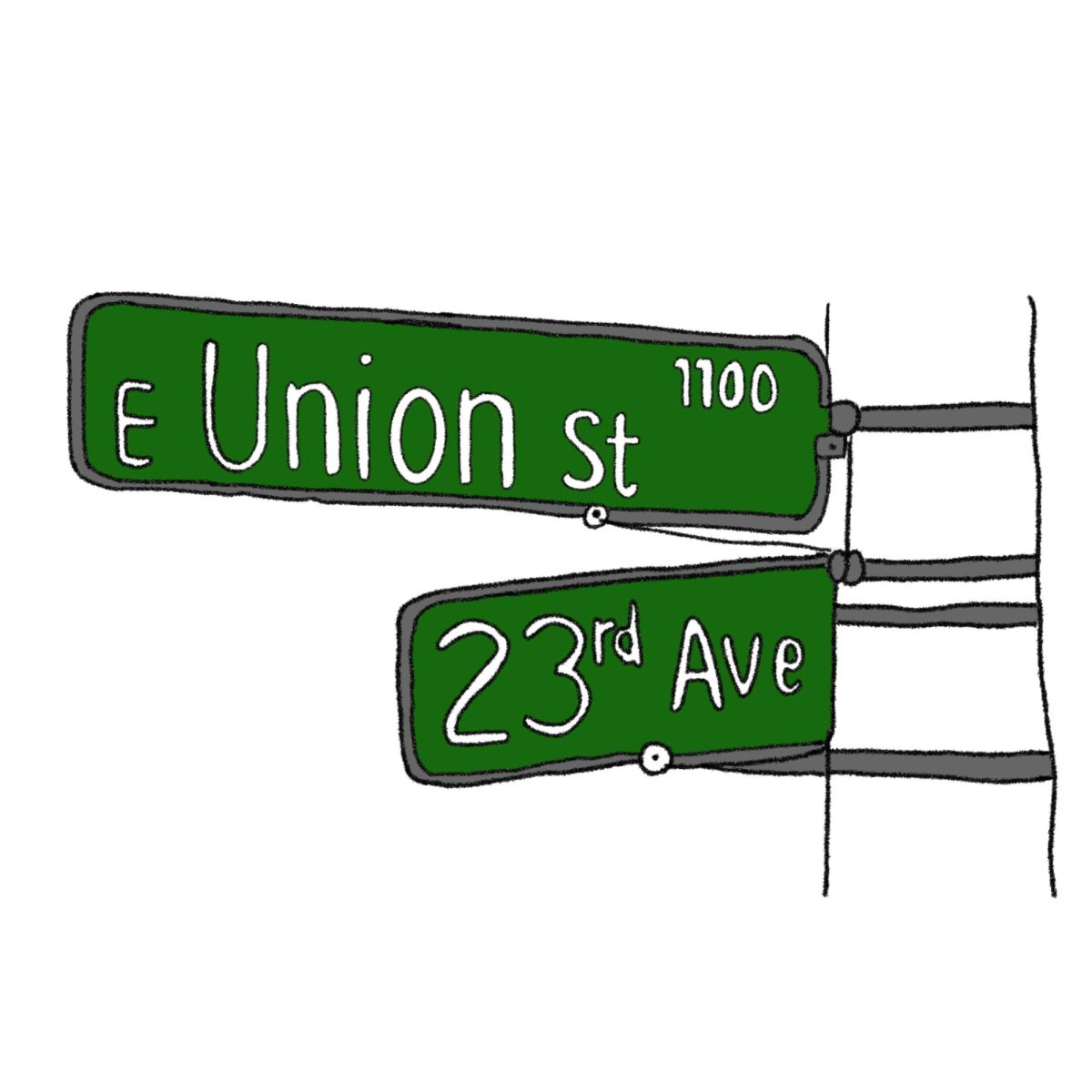During the 2023 Garfield student body elections, poor outreach led to a low voter turnout and a high number of candidates who ran unopposed. A deeper look into ASB and its relationship to the leadership class reveals its crucial role in this school’s operations and concerns for the way they function.
Last month’s elections were not a reflection of the student body’s vote, as many students were unaware of who the candidates were and did not vote. Advisory classes were supposed to show all the candidates’ campaign videos and post a link on Schoology or share a QR code that allowed students to vote. However, some students report that their advisors didn’t share these materials.
Gunvor Langhout, a senior in Mr. Humkey’s advisory, said she let her friend vote for her because she “did not get the opportunity to watch all of [the campaign videos]” Similarly, freshman Jessica Chamberlain did not vote because her “advisory teacher was gone that day and her substitute did not play the video[s]” so she did not “know who to vote for.” Other students were unable to vote because there were college visits at Garfield during advisory on the day of the elections.
Furthermore, Running Start students, who often do not have an advisory period, were unable to vote. This is “unfair” to the students in the Running Start program who wanted to vote, according to Ada Walther, a senior at Garfield taking Seattle Central classes through the program. It would have been helpful “if they had a different process for getting people to vote,” such as posting on social media or emailing every student a link, Walther suggested.
Although nearly 1,800 students attend Garfield, only 26 ran for office, leaving some candidates to run without contest and positions vacant. Notably, the Associated Student Government (ASG) President and Vice President candidates were both elected unopposed, and no one ran for the Freshman and ASG Secretary roles. “I think it’s a disappointing, let-down version of what ASB could be… where you guys go to vote and there’s just one name and you go: ‘Then what’s that point in this?’” AP US Government teacher Mr. N-K said.
Advisors were instructed to present a PowerPoint that informed students how to run for office, but some students reported that they did not receive these instructions. Senior Elizabeth Jensen was one of these students. Jensen said that even though she would still not have run, “I know some of my peers who would have run and made excellent leaders.” These issues spark concern among some students. “The fact that so many people, especially the school president, [ran] unopposed … like it isn’t rigged, but it feels rigged,” sophomore Eddy Jacobs said.
Sarai Smalls, Senior Class President, said she attributes the low number of candidates to “people not knowing about the election” and “people not taking an interest.” Smalls herself “did not hear too much about elections until they actually started happening.” In turn, they “could have done a better job of putting out information about elections,” Smalls said.
Garfield’s Leadership class, where many of ASB’s operations occur, can help give insight into the student body government’s various functions as many seem to be unaware of ASB’s role in Garfield student life. “They pick the prom theme. I’m not aware of anything they do that I care very strongly about,” senior Aidan Silber said.
Leadership class is a mix of both elected ASB officers and unelected students who take it as an elective. While only thirteen people are voted into office, over 30 students are in the class. Elected officers are “higher up” and get “the last word” when it comes to final decisions, but they “all contribute equally” to the class, Jordan Roy, a senior in Leadership class, said. This is important because “Leadership is the fundamental structure of ASB; we’re the ones who create all the projects and try our hardest to run the school with input from everyone else,” Lauren Foster, a junior in Leadership class, said.
Students organize events, discuss issues, and plan spirit days in Leadership class. They currently divide into a GTV, club fair, map, and calendar group each class period. ASB also votes on the allocation of funds for different parts of Garfield’s operations, including the sports teams and dances. The decisions they make directly affect school events and how issues are addressed.
Although student body elections are usually held at the end of the school year, they were delayed until October this school year. “Pretty much everyone just requested or got put into the class and then we had elections way later,” Linnea Johnson, ASG Vice President, said. As a result, some newly elected ASB officers are not in Leadership. Roy said that they hope to “get them into the class next semester,” but that scheduling conflicts make it difficult. However, Smalls emphasized that they still participate in ASB’s functions. “I make it a point to communicate with [ASB officers not in Leadership] whenever I see them in my other classes.”
Despite everything, ASB continues to help create a Garfield that welcomes everyone. “Right now, we are in the works of bringing the all-gender bathroom back,” Smalls said. “Yes, there were problems with the all-gender bathroom as far as vaping and smoking, but those problems were not exclusive towards the gender-neutral bathroom. They were definitely just a bathroom problem in general,” she said. Smalls also pointed out some other issues she wants to address through her position in ASB. “I see problems with accessibility around the school for disabled students, whether those disabilities are physical or mental, and difficulties with the way that some teachers tackle those disabilities.”
“We are in the action of rebuilding [ASB’s] system,” Smalls said, and “trying to incorporate everyone back into ASB.” Currently, they are rewriting the ASB Constitution to create an executive board so unelected students in Leadership class can have official roles.










